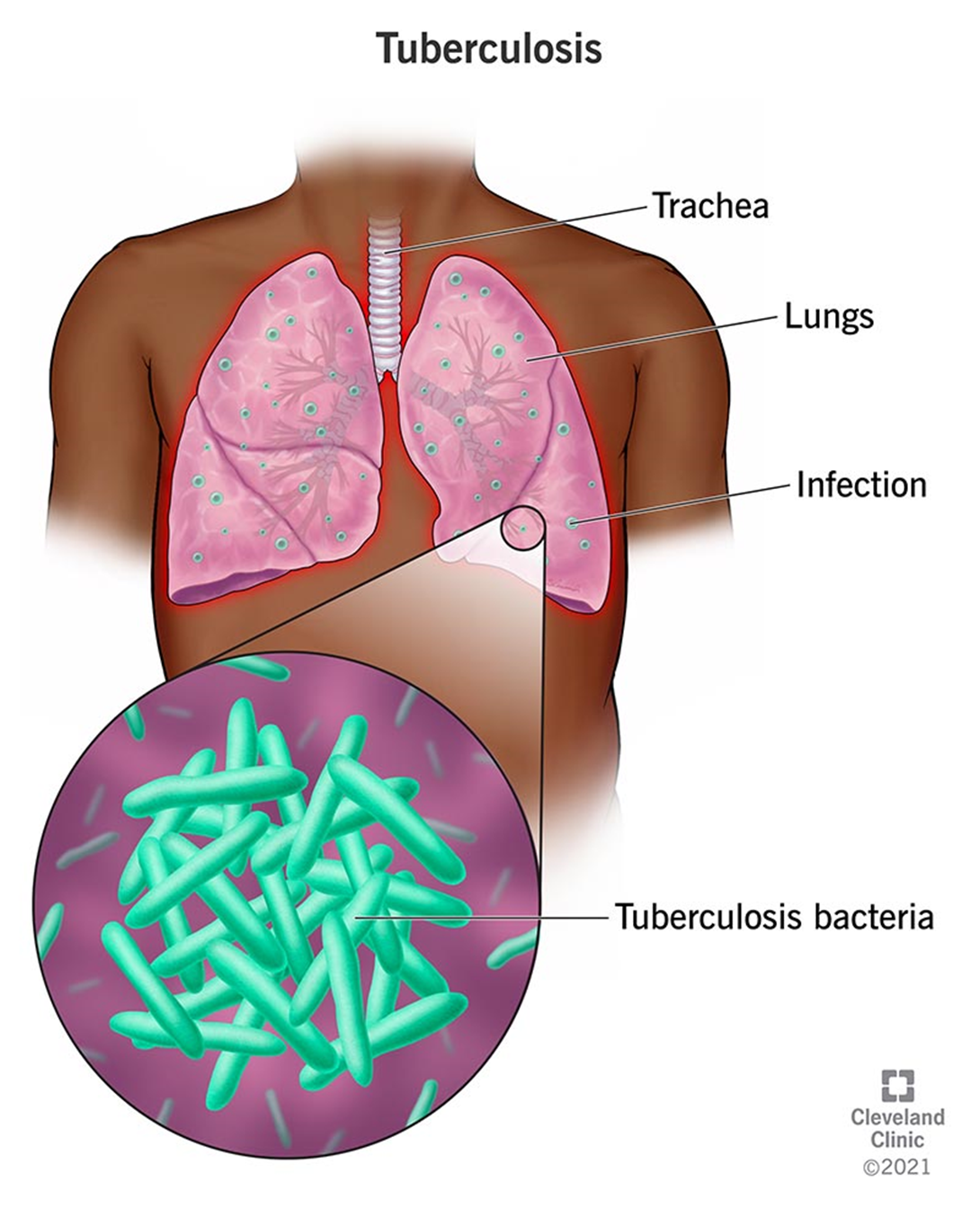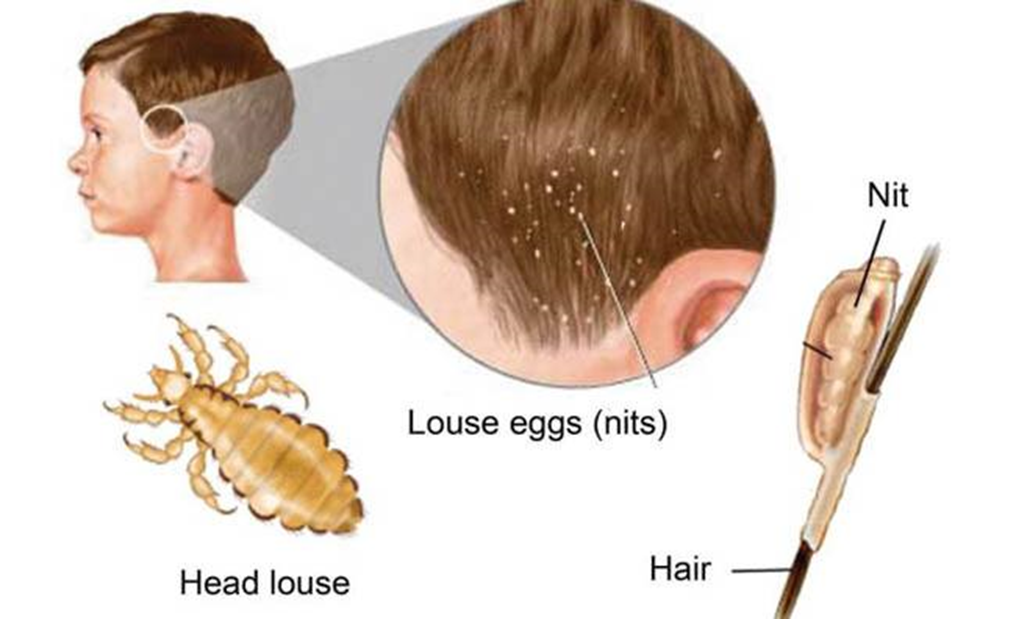A 35-year-old client who has a diagnosis of tuberculosis informs the provider's office that she is unable to pay for the treatment. Which of the following actions by the nurse will facilitate obtaining appropriate treatment?
Help the client apply for Medicare
Explore options for alternative therapies
Arrange for medication through local agencies
Send the client to the nearest facility for further evaluation
The Correct Answer is C
Choice A reason: Helping the client apply for Medicare is not the best action by the nurse, as Medicare is a federal health insurance program for people who are 65 or older, disabled, or have end-stage renal disease. The client does not meet any of these criteria and may not be eligible for Medicare.
Choice B reason: Exploring options for alternative therapies is not the best action by the nurse, as alternative therapies may not be effective or safe for treating tuberculosis. Tuberculosis is a serious bacterial infection that requires specific antibiotics to cure. Alternative therapies may also interfere with the prescribed medication or cause adverse effects.
Choice C reason: Arranging for medication through local agencies is the best action by the nurse, as it ensures that the client receives the appropriate treatment for tuberculosis. Local agencies may have programs or resources that can help the client access free or low-cost medication. The nurse should also educate the client about the importance of adhering to the medication regimen and completing the course of treatment.

Choice D reason: Sending the client to the nearest facility for further evaluation is not the best action by the nurse, as it may delay the initiation of treatment and increase the risk of transmission of tuberculosis to others. The client already has a diagnosis of tuberculosis and needs to start the treatment as soon as possible. The nurse should also advise the client to wear a mask and avoid close contact with others until the infection is no longer contagious.
Nursing Test Bank
Naxlex Comprehensive Predictor Exams
Related Questions
Correct Answer is D
Explanation
Choice A reason: Bradycardia is not a manifestation of alcohol withdrawal, but rather a sign of low heart rate. Alcohol withdrawal typically causes tachycardia, or high heart rate, as the body tries to compensate for the sudden absence of alcohol.
Choice B reason: Hypothermia is not a manifestation of alcohol withdrawal, but rather a sign of low body temperature. Alcohol withdrawal typically causes hyperthermia, or high body temperature, as the body reacts to the withdrawal symptoms.
Choice C reason: Increased appetite is not a manifestation of alcohol withdrawal, but rather a sign of hunger or craving. Alcohol withdrawal typically causes decreased appetite, or anorexia, as the body loses interest in food and suffers from nausea and vomiting.
Choice D reason: Insomnia is a manifestation of alcohol withdrawal, and one of the most common and distressing symptoms. Alcohol withdrawal causes insomnia, or difficulty falling or staying asleep, as the body experiences anxiety, agitation, and nightmares.
Correct Answer is D
Explanation
Choice A reason: A child who has a BMI of 18 is not the highest priority, as it is within the normal range for children. BMI, or body mass index, is a measure of weight relative to height. A BMI of 18 is considered healthy for children aged 2 to 20 years, according to the Centers for Disease Control and Prevention (CDC). The nurse should monitor the child's growth and development and provide nutrition education as needed.
Choice B reason: An adolescent who has scoliosis is not the highest priority, as it is a common and usually mild condition. Scoliosis is a sideways curvature of the spine that affects about 3% of adolescents. Most cases of scoliosis are mild and do not require treatment, although some may need braces or surgery. The nurse should refer the adolescent to a specialist for further evaluation and management.
Choice C reason: An adolescent who has psoriasis is not the highest priority, as it is a chronic and non-contagious condition. Psoriasis is a skin disorder that causes red, scaly patches on the skin that may itch or burn. Psoriasis is not curable, but it can be controlled with medications, creams, or light therapy. The nurse should provide education and support to the adolescent and encourage them to seek medical care as needed.
Choice D reason: A child who has nits is the highest priority, as it indicates a parasitic infestation that can spread to others. Nits are the eggs of head lice, which are tiny insects that live on the scalp and feed on blood. Head lice can cause itching, irritation, and infection of the scalp. The nurse should isolate the child and notify the parents and the school staff. The nurse should also provide instructions on how to treat the infestation and prevent reinfestation.

Whether you are a student looking to ace your exams or a practicing nurse seeking to enhance your expertise , our nursing education contents will empower you with the confidence and competence to make a difference in the lives of patients and become a respected leader in the healthcare field.
Visit Naxlex, invest in your future and unlock endless possibilities with our unparalleled nursing education contents today
Report Wrong Answer on the Current Question
Do you disagree with the answer? If yes, what is your expected answer? Explain.
Kindly be descriptive with the issue you are facing.
